Rain Tree (Samanea saman)
13/05/2012
The Rain Tree, Samanea saman (Jacq.) Merr. 1916, also called Monkeypod, is a big tropical tree native to Central- and South America. A “normal” Rain Tree reaches a height of about 25 meters and its very large crown canopies up to 40 meters.
While Alexander von Humboldt (1769 – 1859), a German geographer, naturalist and explorer, traveled throughout the tropical Americas during the years 1799-1804, he discovered a huge rain tree, near Maracay, Venezuela, with a crown of about 60 meters across. This enormous rain tree, in Venezuela called Samán del Guère, which is still alive, became a Venezuelan national treasure. The name rain tree has been given in India, most likely because of the moisture on the ground under the tree, caused by excretions of cicadas, which inhabit the tree. Another attempted explanation is the nature of the rain tree leaves. Like other plants from the subfamily Mimosoideae Samanea saman leaves curl up when it’s raining, so the rain drops can fall nearly without hindrance to the ground. Normally trunks get a diameter of about 1,20 meter. The biggest rain tree seems to grow in Trinidad, with a trunk diameter of 2,40 meters, a height of 45 meters and a crown of 60 meters across. Flowers get a size of about 6 cm across. Other apparently accepted botanical names for the rain tree are: Albizia saman, Pithecellobium saman
and Samanea tubulosa.
© Orchids Flowers.com
Image: Rain Tree (Samanea saman)
© Orchids Flowers.com
Image: Rain Tree (Samanea saman)
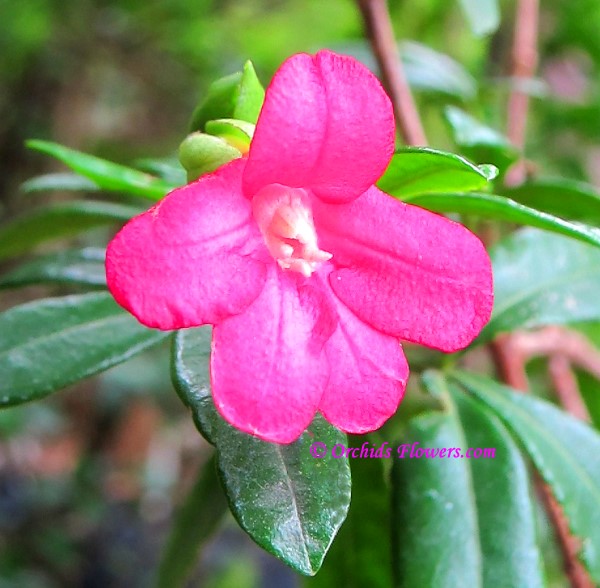 Lemonia (Ravenia spectabilis)
Lemonia (Ravenia spectabilis)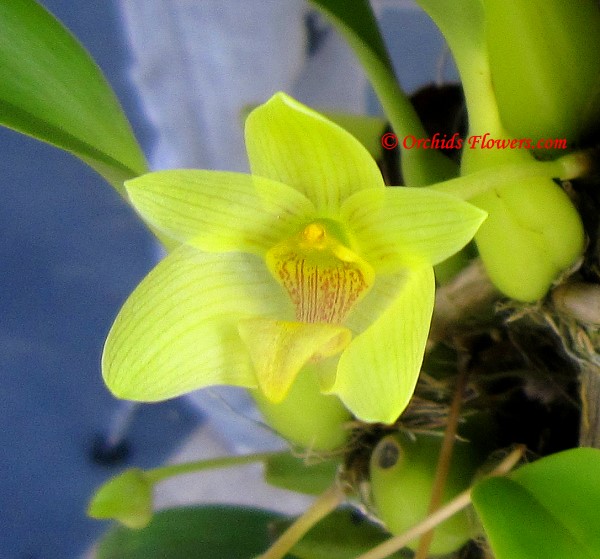 Bulbophyllum orectopetalum
Bulbophyllum orectopetalum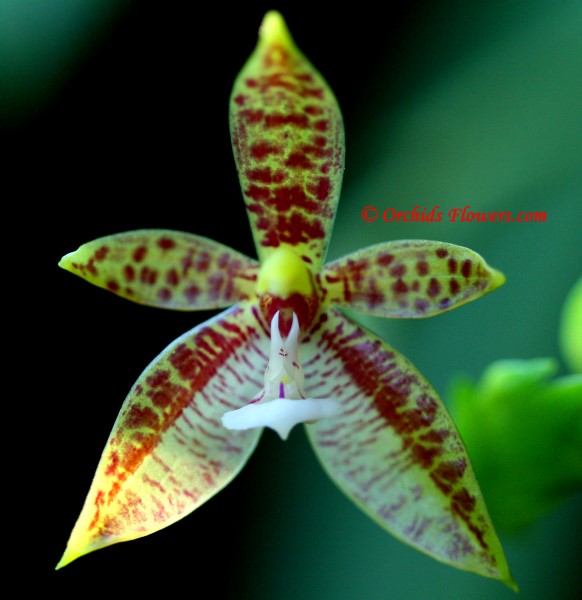 Phalaenopsis cornu-cervi Blume & Rchb. f. 1860
Phalaenopsis cornu-cervi Blume & Rchb. f. 1860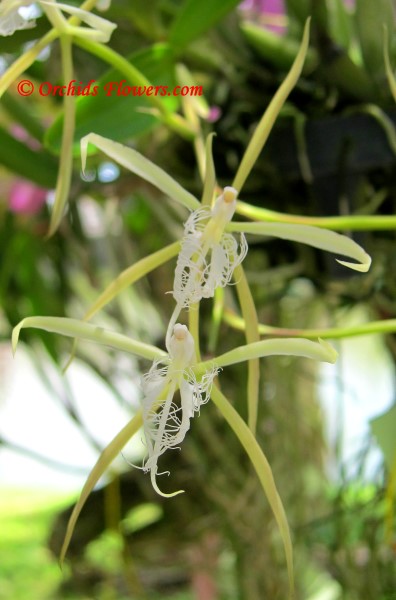 Epidendrum ciliare (Coilostylis ciliaris)
Epidendrum ciliare (Coilostylis ciliaris)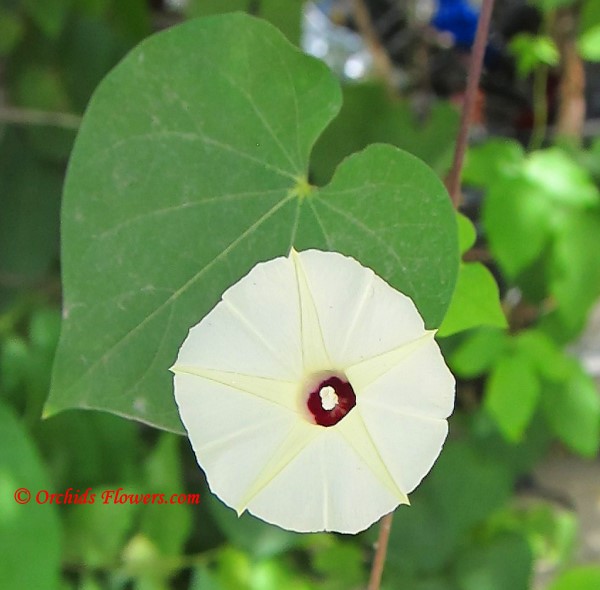 Man of the Earth (Ipomoea pandurata)
Man of the Earth (Ipomoea pandurata)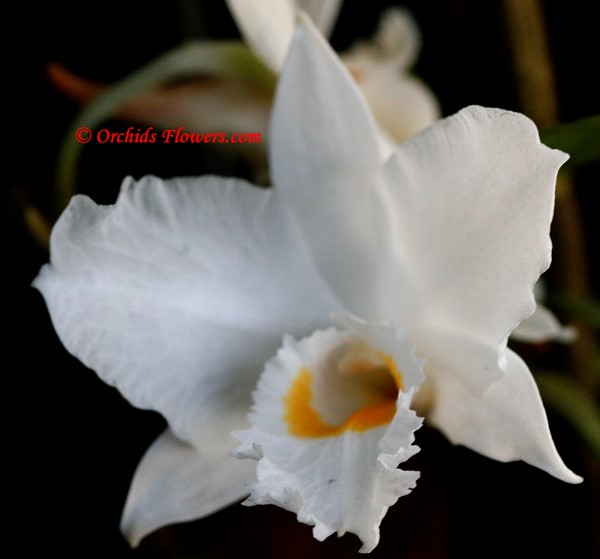 Dendrobium infundibulum Lindl.1859
Dendrobium infundibulum Lindl.1859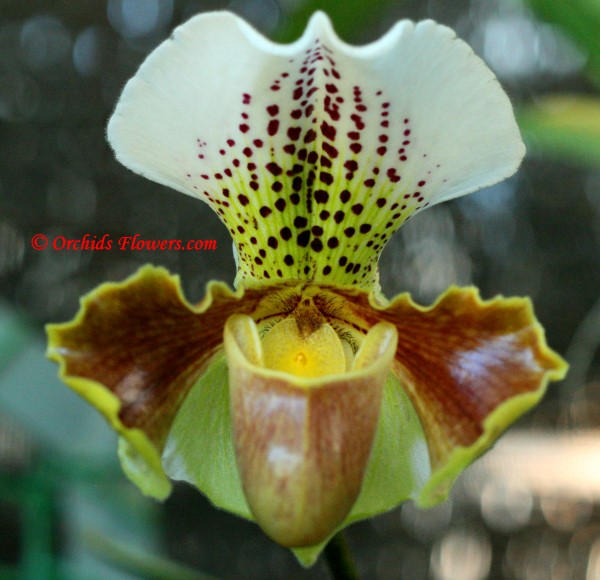 Paphiopedilum insigne
Paphiopedilum insigne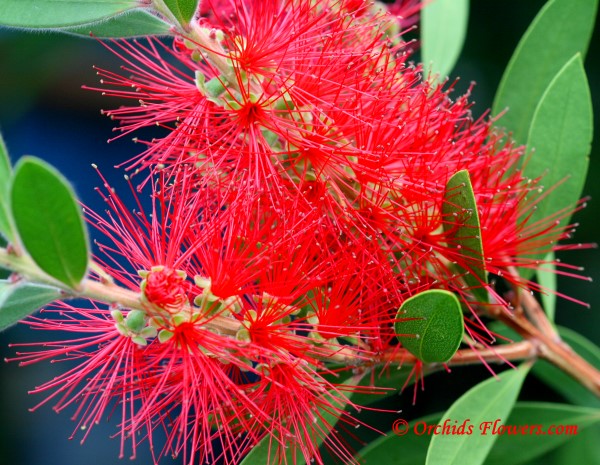 Crimson Bottlebrush (Callistemon citrinus)
Crimson Bottlebrush (Callistemon citrinus)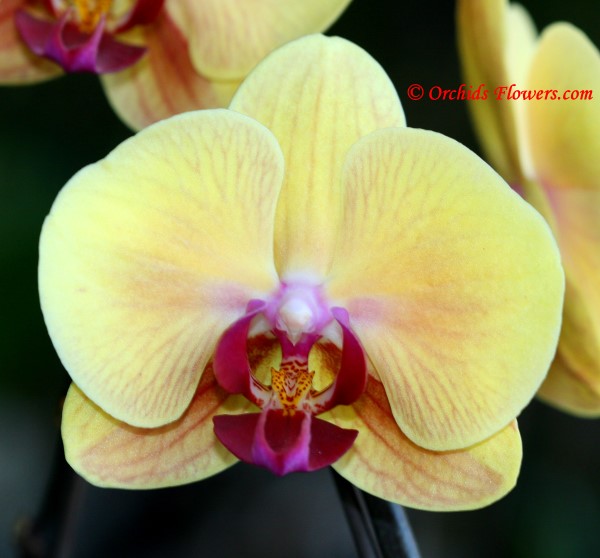 Phalaenopsis Golden Beauty
Phalaenopsis Golden Beauty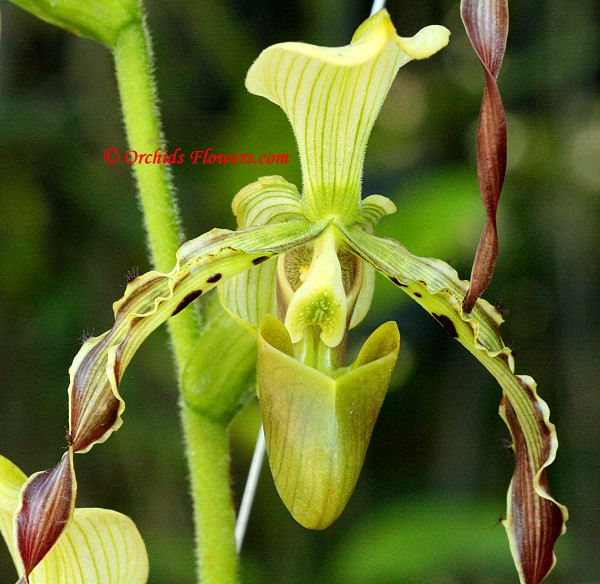 Paphiopedilum parishii
Paphiopedilum parishii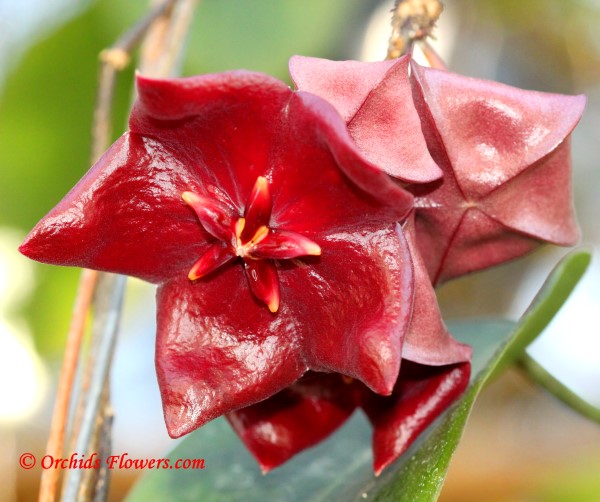 Hoya megalaster
Hoya megalaster Vandachostylis Thai Sky
Vandachostylis Thai Sky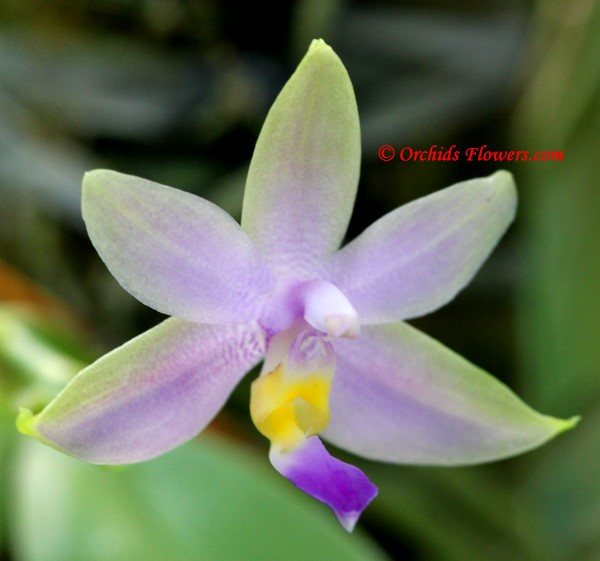 Phalaenopsis violacea fo. coerulea Christenson
Phalaenopsis violacea fo. coerulea Christenson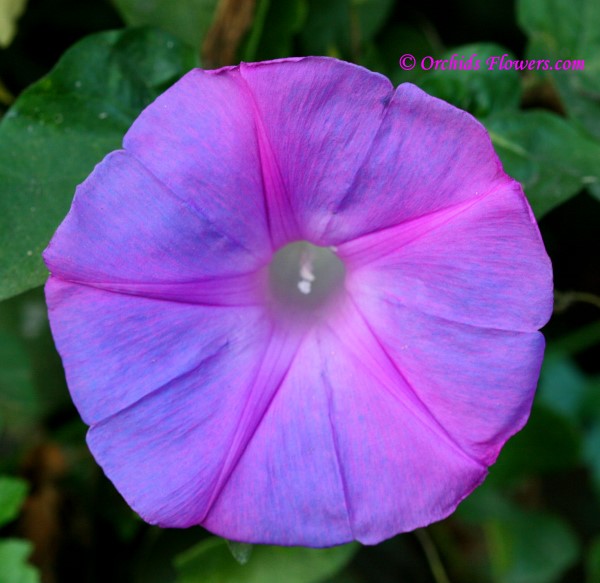 Oceanblue Morning Glory (Ipomoea indica)
Oceanblue Morning Glory (Ipomoea indica)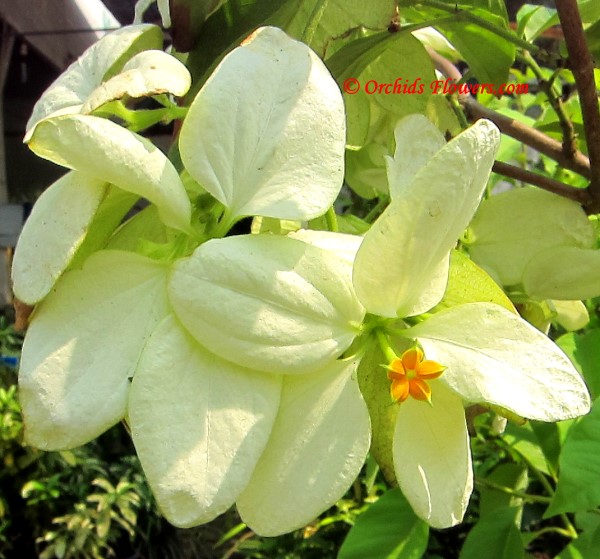 Buddha’s Lamp (Mussaenda philippica var. aurorae)
Buddha’s Lamp (Mussaenda philippica var. aurorae)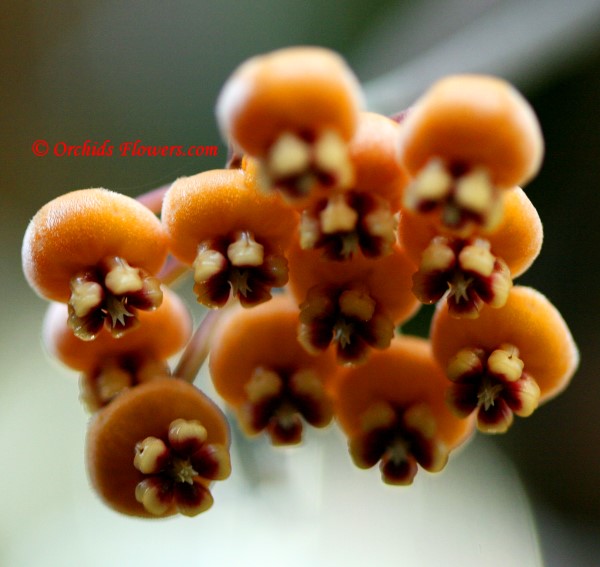 Hoya waymaniae Kloppenb.1995
Hoya waymaniae Kloppenb.1995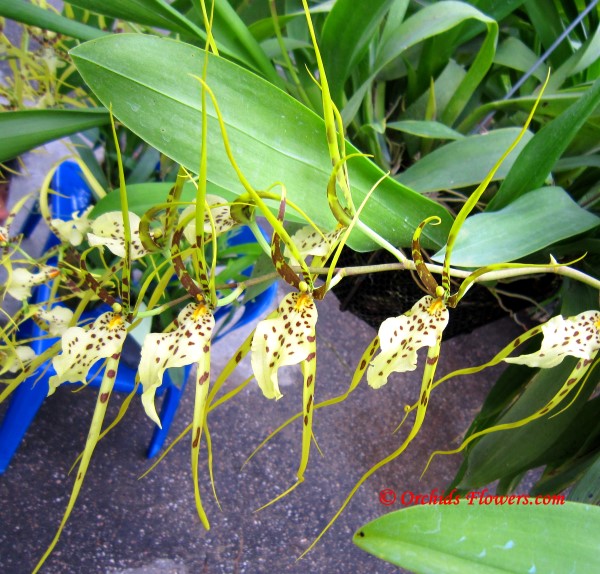 Brassia Eternal Wind “Summer Dream”
Brassia Eternal Wind “Summer Dream”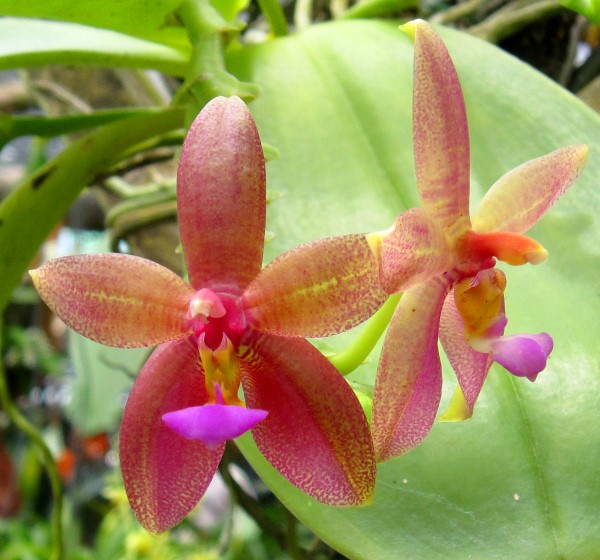 Phalaenopsis × valentinii
Phalaenopsis × valentinii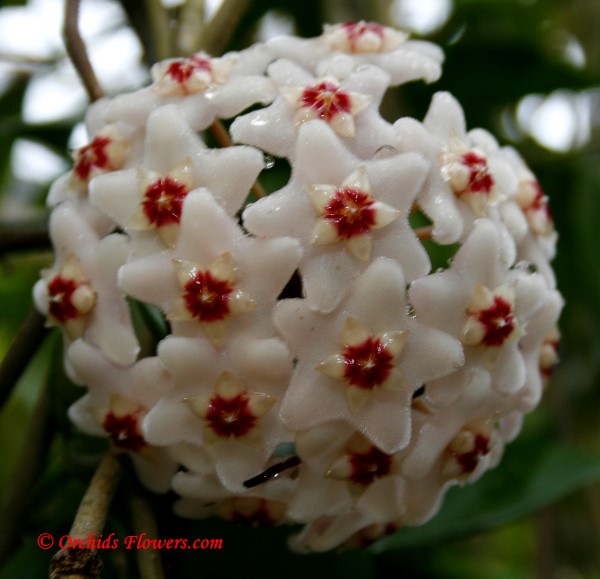 Hoya carnosa white
Hoya carnosa white Cattleya Tainan City
Cattleya Tainan City


 Hoya macgillivrayi F. M. Bailey 1914
Hoya macgillivrayi F. M. Bailey 1914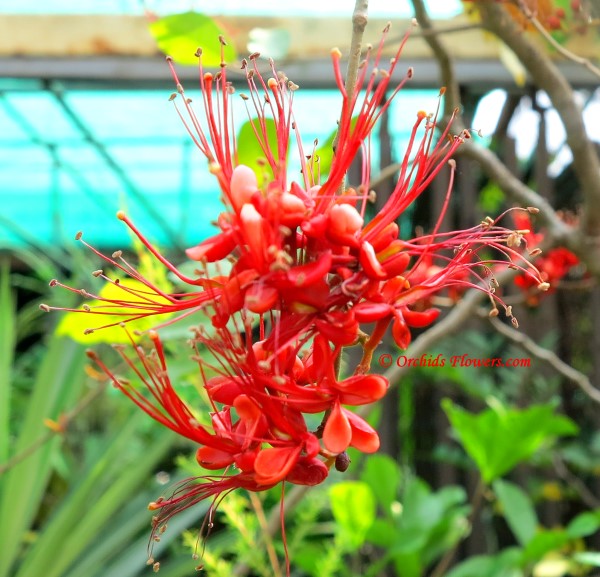 Monkey Flower Tree (Phyllocarpus septentrionalis)
Monkey Flower Tree (Phyllocarpus septentrionalis)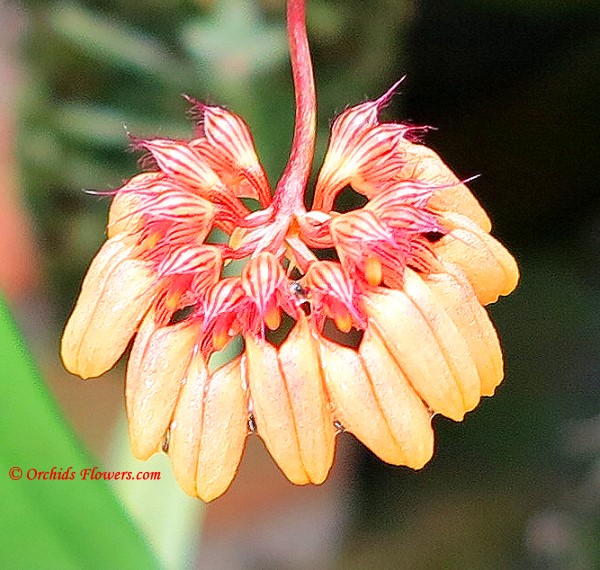 Bulbophyllum sikkimense (Cirrhopetalum sikkimense)
Bulbophyllum sikkimense (Cirrhopetalum sikkimense)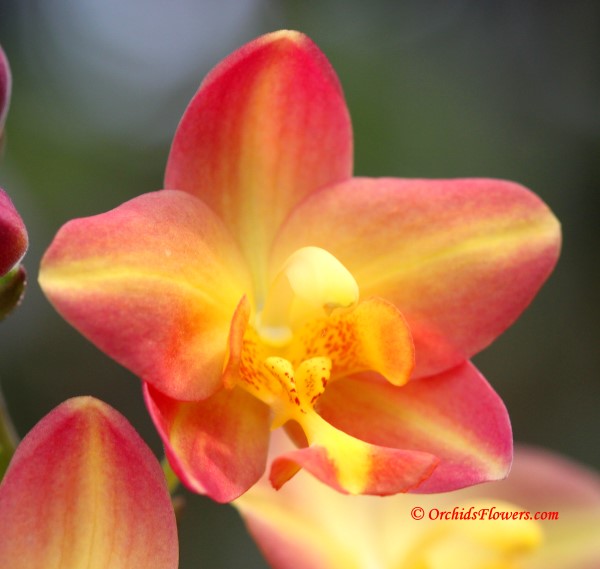 Spathoglottis Citrus Cooler Sorbet
Spathoglottis Citrus Cooler Sorbet
{ 1 comment… read it below or add one }
Hello,
Does this species of tree have a dwarf variety? It’s an absolutely beautiful tree but it would grow much too big for our yard.
Thanks.